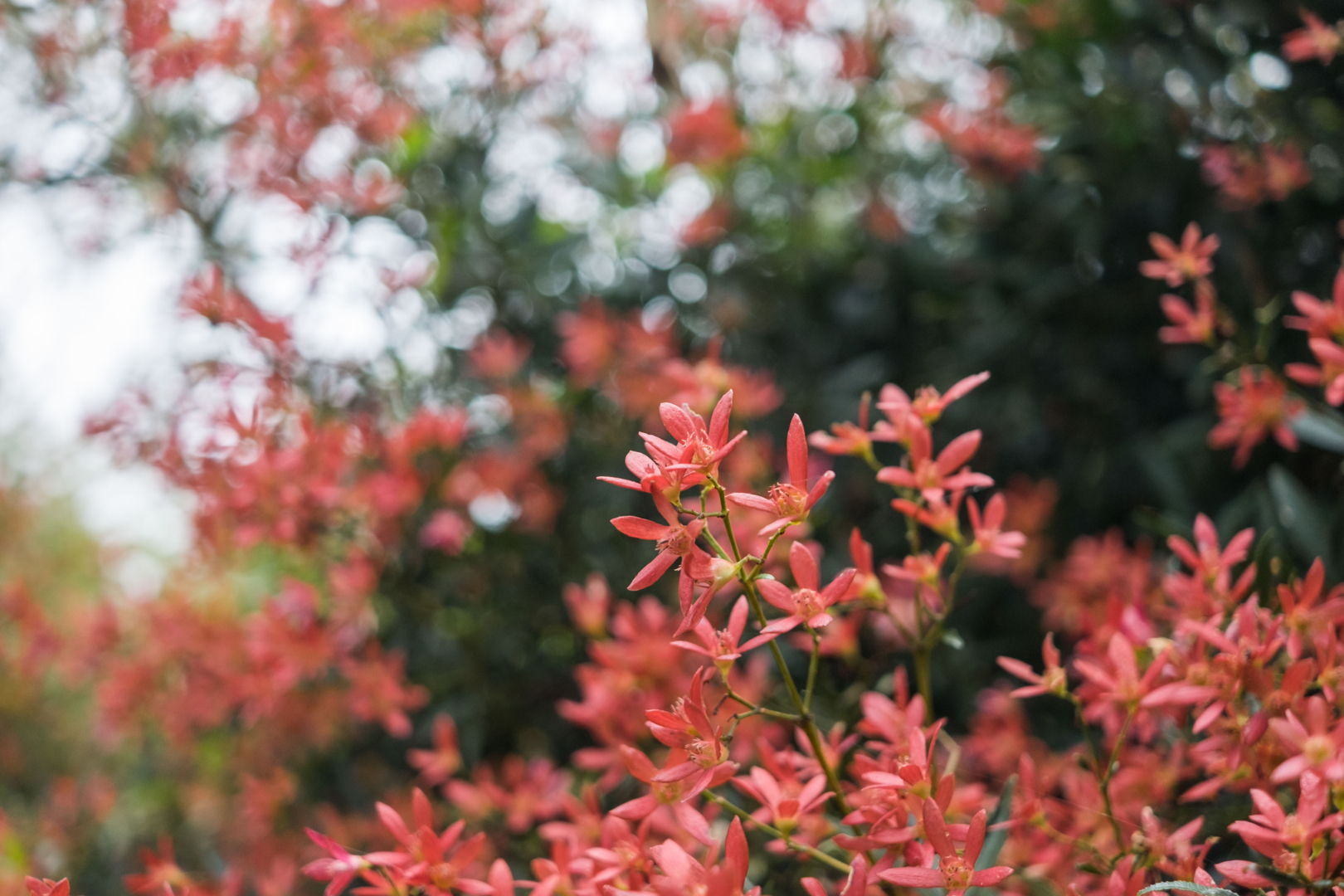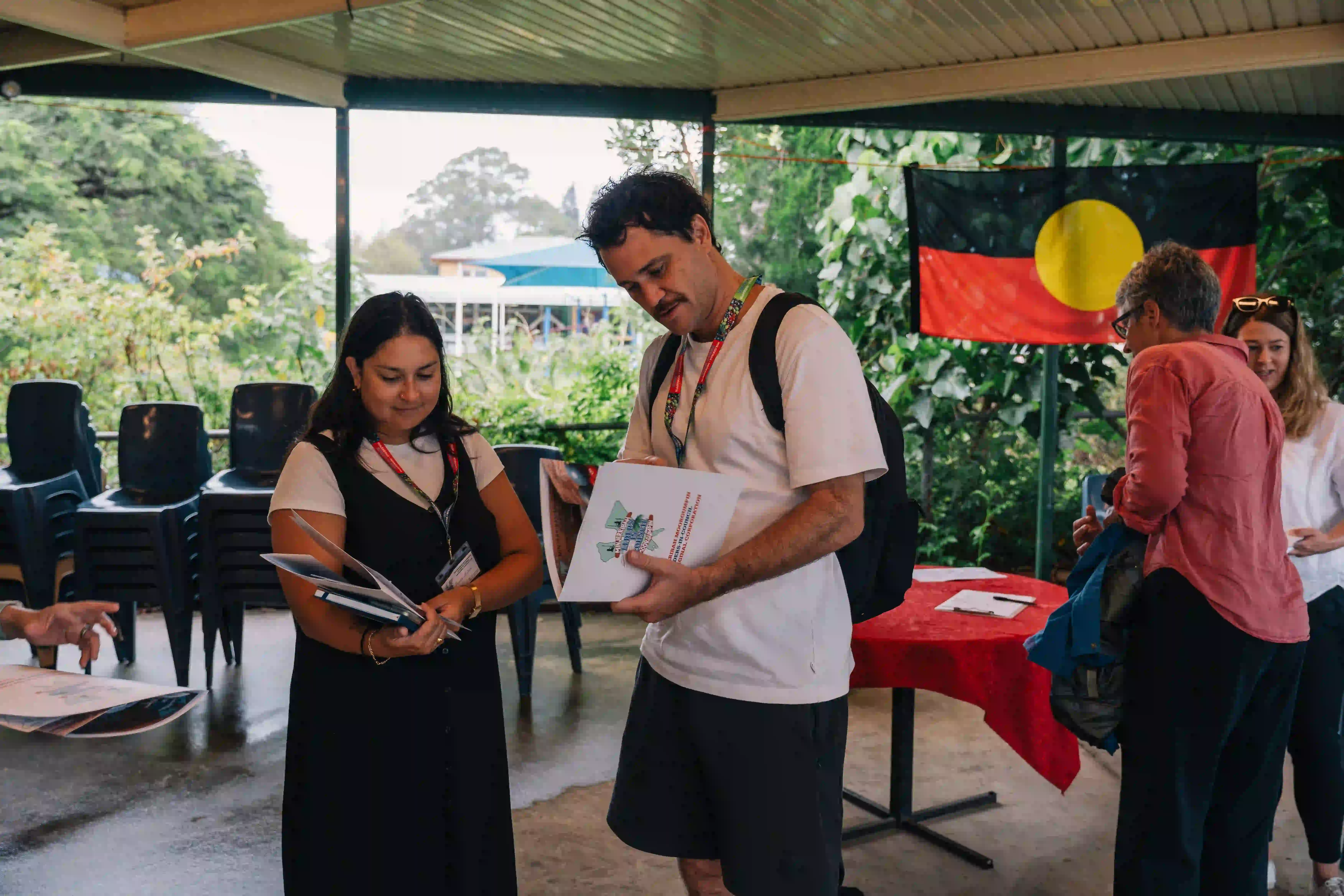The Global Impact Investing Network (GIIN)’s 2022 Market Report estimates that the size of the impact investing market is US$1.164 trillion, yet only 2% of these ‘impact assets’ are held in Oceania.
This relatively small market vs global peers such as those found in Europe and North America (which account for 55% and 37% of global impact assets respectively according to GIIN) alongside relative nascency (with the birth of Australia’s impact investing market able to be traced back to within the last 15 years) makes it understandable that there is a relative scarcity of diverse impact investing ‘products’ or ‘instruments’ available in Australia.
This limitation is greater at the earlier, high risk, stage of the impact investing market where For Purpose Organisations (FPOs) have repeatedly spoken of their need for appropriate, affordable and patient impact investment instruments to enable their growth and the creation of sustainable impact.
Whilst these statistics may convey that the Australian market is doomed, the reality is far from the truth.
The Australian impact investing market is one of huge potential: the Federal Government commissioned Social Impact Investing Taskforce’s recommendation has yielded a commitment to a $100m Outcomes Fund and a $11.6m Social Enterprise Development Initiative (SEDI); a recently established body to increase the awareness, and supply of, impact capital among foundations (the Foundation Group for Impact Investing (FGII)) boasts over 35 members; and there is an emergence / re-emergence of bodies like the Australian Sustainable Finance Institute and Impact Investing Australia. This results in an Australian market with the potential to be among the global innovators by drawing on, and contributing to, learnings and innovations in impact finance.
With this in mind, in mid-2023, we undertook a study to assess the appropriateness of impact investing instruments for delivering impact within the Australian market. The project, working in partnership with Investing for Good – one of the UK’s leading sustainable and impact finance intermediaries – combined a review of existing global research as well as primary research with interviews with leading impact investors and a sample of FPOs.
The study found that, based on those impact investors surveyed, the Australian impact market is predominantly debt-based with few investors and investees aware of (or offering) instruments such as quasi-equity, blended finance and impact-linked finance. When compared with global peers who offer a broader range of impact investing instruments, these ‘alternative’ impact investing instruments have the potential to be more appropriate in meeting the needs of FPOs.
A key finding of the study was that whilst investors and investees may differ on several features of impact instruments, there is a joint desire for impact instruments which demonstrate high recognition of impact, and low complexity. A series of activities are identified which could move more impact instruments into the ‘sweet spot’ of high recognition of impact alongside low complexity.

Unsurprisingly, the findings proposed that key barriers to the supply of a wider, more appropriate, range of impact instruments (being lack of awareness and high complexity) can be addressed by impact investors working together, transparent sharing of practice and learning, and the building of market infrastructure by independent peak bodies and delivered through high-quality third-party support and capability and capacity support to FPOs.
This report, which is shared in full and accessible to all, contains detailed case studies of 20 global innovative impact investment instruments which we hope will see wider adoption, where appropriate.
We are excited about the future of impact investing in Australia. We look forward to working with others to build on the recommendations of the report so that more appropriate forms of impact capital are made available to FPOs, who will in turn continue to deliver the transformational societal and environmental impact we need in Australia and globally.










